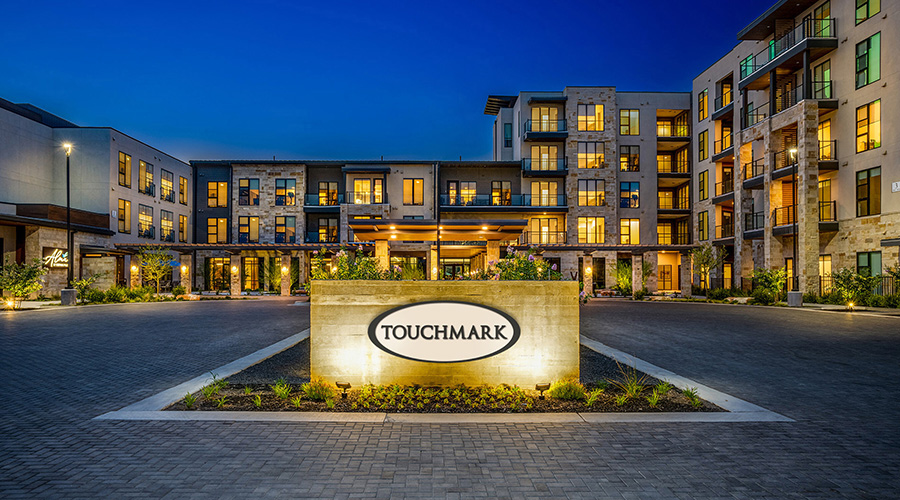In the battle against hospital-acquired-infection (HAI), some hospitals have gone high-tech and turned to ultraviolet light-emitting robots. UV-C light, a part of the UV spectrum, can kill pathogens like C. diff and methicillin-resistant Staphylococcus aureus that cause HAIs, according to an article on the Becker's Hospital Review website.
The light passes through the cell walls of bacteria, viruses and other microorganisms, which then absorb the energy into their DNA, RNA and proteins. This fuses the DNA and deactivates it, meaning the germ is no longer infectious.
For one of these robots, cleaning a normal patient room will take roughly 15 minutes after the room is "visibly clean." Generally, the process starts with the robot cleaning the patient's bathroom for about five minutes while the housekeepers clean the rest of the room.
Then, after raising the bed rails and opening cabinets to expose the surfaces to the light, the housekeeper would move the robot to one side of the bed and run it for five minutes. The process is then repeated with the robot on the other side of the bed.
Adding UV disinfection to the usual terminal cleaning protocol has several advantages to the standard manual cleaning procedures alone, the article said.
Some benefits include:
• Lower infection rates. Westchester Medical Center in Valhalla, N.Y., saw the rate of HAIs caused by multidrug-resistant organisms and C. diff drop 20 percent after implementing UV disinfection
• Cleaner air. When Cambridge (Mass.) Health Alliance, used UV light to disinfect OR surfaces there was a 50 percent decrease in air contamination as well
• Elimination of human error

 Building Sustainable Healthcare for an Aging Population
Building Sustainable Healthcare for an Aging Population Froedtert ThedaCare Announces Opening of ThedaCare Medical Center-Oshkosh
Froedtert ThedaCare Announces Opening of ThedaCare Medical Center-Oshkosh Touchmark Acquires The Hacienda at Georgetown Senior Living Facility
Touchmark Acquires The Hacienda at Georgetown Senior Living Facility Contaminants Under Foot: A Closer Look at Patient Room Floors
Contaminants Under Foot: A Closer Look at Patient Room Floors Power Outages Largely Driven by Extreme Weather Events
Power Outages Largely Driven by Extreme Weather Events